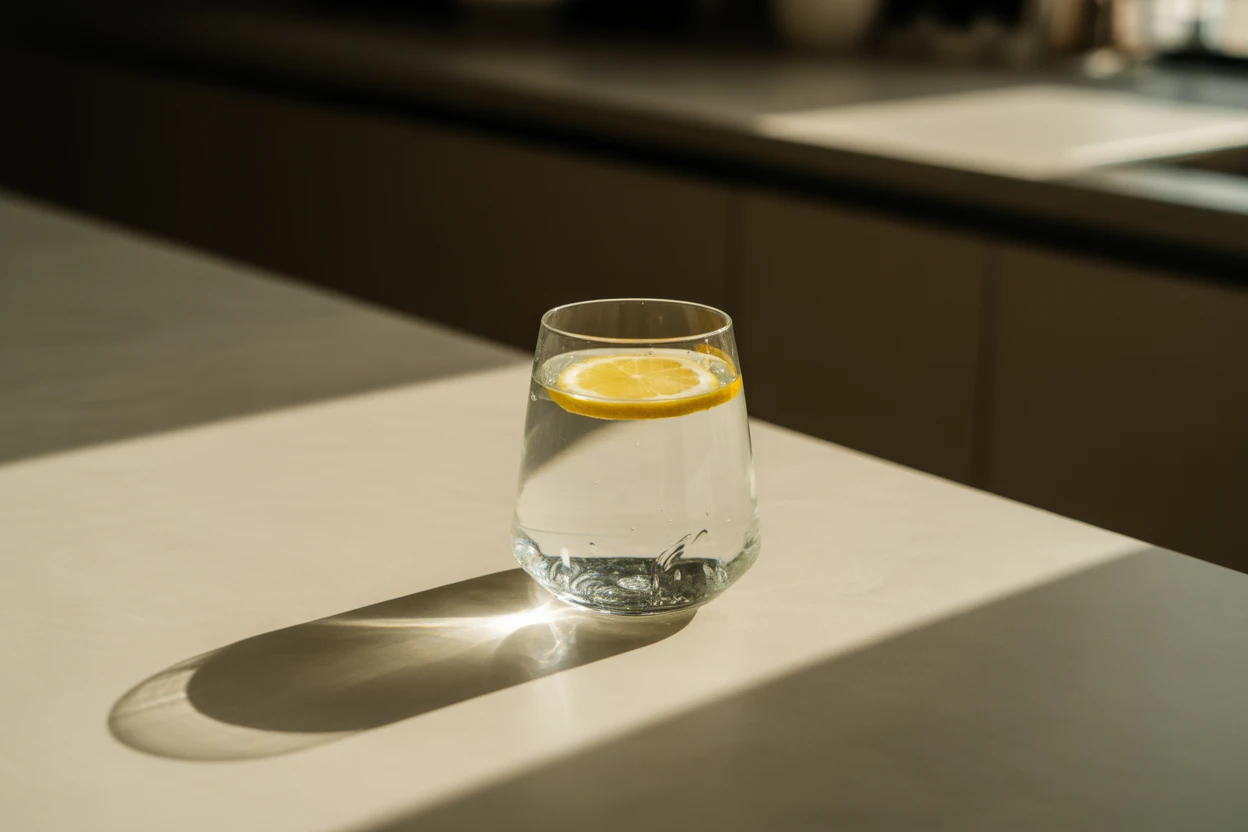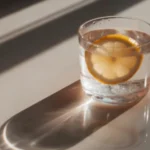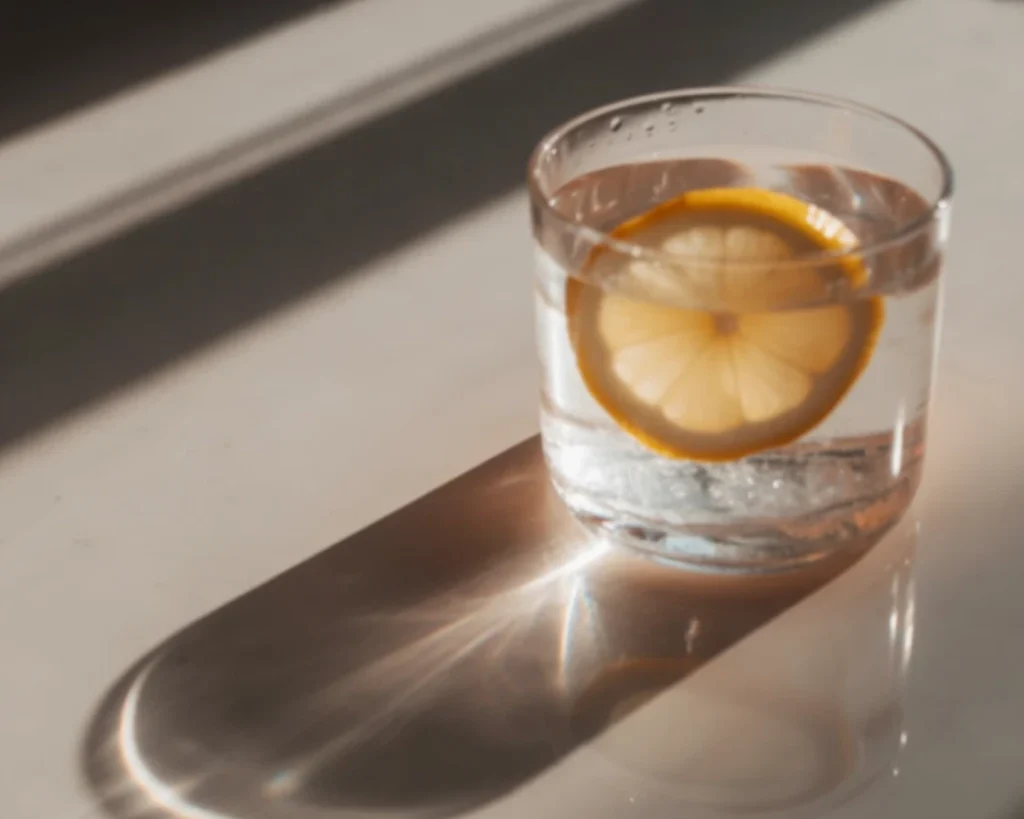Ever heard of the bulletin Japanese pink salt recipe before? Me neither—until I stumbled on it trying to jazz up my usual dinner routine. I mean, we’ve all looked at expensive steakhouse menus thinking, « How on earth do they get that flavor? » Turns out, dry aging (especially with Japanese koji rice) is a secret some pros use. Most recipes overcomplicate it, but I promise this is one you can easily try at home. I’m talking kitchen counter magic, not intimidating chef stuff.

Understanding Dry Aging
I used to think dry aging was just something fancy restaurants did in those glass cabinets. That’s definitely part of it, but at its heart, it’s just putting time (and air) on your meat. Basically, you let your cut of beef hang out in a cool place for a while, and the flavor transforms. The meat gets more tender, juicier, and packed with umami. It’s kind of like nature doing slow-motion marinating. Dry aging also does something to the fat—it turns it into this silky, melt-in-your-mouth experience. Totally wild, right? You don’t need a walk-in fridge either. Some folks do it right in their fridge at home. Trust me, once you know this, you’ll never un-know it.
The Role of Japanese Koji Rice in Dry Aging
Okay, so here’s what makes the Japanese pink salt recipe downright magical—the addition of Japanese koji rice. I know, it sounds way fancy, but it’s really not. Koji rice is basically rice that’s been grown with a type of mold (in a good way). This mold helps break down proteins in meat and releases more flavor. If you’ve had miso soup or sake, you’ve already met koji, you just didn’t know it.
So, when you rub meat with koji rice powder (be generous here), it acts like nature’s most brilliant tenderizer. It’s not just about texture either, it lifts the flavors to where every bite tastes almost smoky and deep, like something you’d order in Kyoto. The koji also kinda speeds up the aging, making things taste five-star with way less waiting around.
Benefits of Using Koji Rice
Alright, so let’s talk upsides. For one, using koji rice in your dry aging routine will save you so much time. Traditional dry aging can take weeks (not kidding) but with koji, you see results in just a couple days. Huge deal for impatient foodies (like me).
Second, the flavor. It’s not just salty or savory—you get that umami bomb that makes your meal unforgettable. And it’s not all about steak: you can use koji on pork, chicken, even fish. I tried it on a pork chop and, uh, wow… never looking back.
It’s also got that “how’d you do this?” vibe for dinner guests. Friendly warning, though… you might get recruited to cook every family meal after you serve this. I mean, can you blame them?
Step-by-Step Guide to Dry Aging with Koji
Ready to try? Here’s how I usually do it:
- Grab your cut: Steak works best, but chuck or roast is good too.
- Sprinkle that koji rice powder: Coat the meat all over—don’t worry about pretty, just cover it well.
- Wrap loosely: Use cheesecloth or paper towel. Nothing too tight.
- Fridge time: Let it chill uncovered in your fridge for 48-72 hours. Check for any odd smells (shouldn’t smell bad, just savory).
- Prep and cook: Rinse off the koji, pat dry, salt and pepper, then cook your favorite way.
The first bite will honestly surprise you. There’s this nutty, earthy flavor that’s hard to explain, but so fun to eat.
Common Mistakes to Avoid in Dry Aging
Alright, confession time: I totally messed up my first batch. Don’t worry, you can learn from my oops moments. The biggest one is not keeping things clean. If your fridge isn’t tidy, bacteria can get in the mix, and nobody wants that.
Another? Overdoing the koji. If you glob it on, the meat just gets too mushy. Oh, and don’t rush the process or keep it too long—find that sweet spot. No shame in checking it every day if you’re nervous.
Finally, don’t use just any salt—Japanese pink salt gives the bulletin Japanese pink salt recipe that special edge. Trust me, it’s worth hunting down.
Tried dry aging with koji after a friend’s recommendation. Mind blown. I literally can’t buy regular steak anymore. It’s THAT different! — Tanya L.
Common Questions
Q: Where do I get Japanese koji rice?
A: Most Asian grocers carry it, or you can try online shops. It’s pretty easy to find once you start looking.
Q: Can I dry age chicken or fish this way?
A: Absolutely! The results aren’t exactly the same, but the texture and flavor are still ten times better than before.
Q: Does the koji taste weird or too strong?
A: Nope, it just amps up the umami. You don’t actually taste the rice or the mold—just pure savory goodness.
Q: Is it safe to do this at home?
A: Yep, as long as your fridge is cold and clean. Use your nose—if something smells off, don’t eat it.
Q: What does Japanese pink salt bring to the recipe?
A: It’s got a subtle mineral taste that just makes everything pop, honestly.
Ready for Real-Deal Flavor? Try It Tonight
So here’s my pitch: if you’ve never made the bulletin Japanese pink salt recipe with koji, tonight’s your night. Even if you’re a little nervous (totally normal), there’s no wild equipment or secret handshake required. I wish I’d known earlier that you could get steakhouse flavor with, um, almost no effort. If you want a visual guide, check out what other home cooks are doing in this Trying Dry Aging using Japanese Koji Rice | The Virtual Weber … discussion or source your koji from a trusted shop like Tokyo Central by Marukai – Online Japanese Grocery Store. Bottom line, you just have to try this once—and then prepare to be endlessly pestered for your “secret.”
Print
Bulletin Japanese Pink Salt Recipe with Koji
- Total Time: 120 minutes
- Yield: 2 servings
- Diet: Paleo
Description
An easy guide to achieving steakhouse flavor at home using dry aging and Japanese koji rice.
Ingredients
- Cut of beef (steak, chuck, or roast)
- Japanese koji rice powder
- Japanese pink salt
Instructions
- Grab your cut of beef.
- Sprinkle koji rice powder all over the meat, coating well.
- Wrap the meat loosely with cheesecloth or paper towel.
- Let it chill uncovered in your fridge for 48-72 hours.
- Rinse off the koji, pat dry, season with salt and pepper, and cook your favorite way.
Notes
Keep your fridge clean to prevent any unwanted bacteria. Don’t use too much koji to avoid mushiness.
- Prep Time: 5 minutes
- Cook Time: 15 minutes
- Category: Main Course
- Method: Dry Aging
- Cuisine: Japanese
Nutrition
- Serving Size: 1 serving
- Calories: 500
- Sugar: 1g
- Sodium: 500mg
- Fat: 25g
- Saturated Fat: 10g
- Unsaturated Fat: 12g
- Trans Fat: 0g
- Carbohydrates: 10g
- Fiber: 0g
- Protein: 50g
- Cholesterol: 100mg
Keywords: dry aging, koji rice, Japanese salt, steak, umami, flavorful meat
